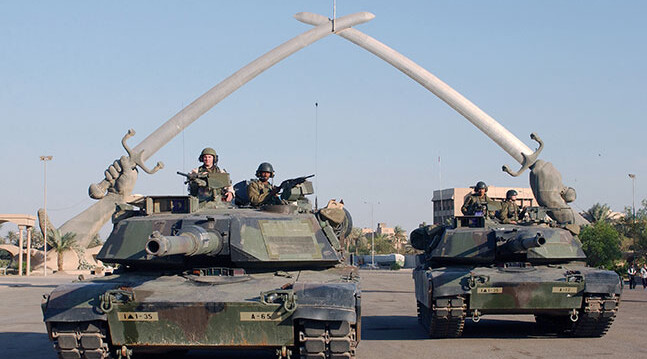This excerpt is published with kind permission from The Atavist Magazine. To read the article in full, click here.
Shortly after 9:30 on the morning of September 21, 1976, a light blue Chevy Chevelle carrying three passengers moved along Washington, D.C.'s Embassy Row, merging into the flow of commuter traffic around Sheridan Circle. The man in the driver's seat was Orlando Letelier, an economist and fellow at a left-leaning think tank, the Institute of Policy Studies. In the passenger's seat beside him was 25-year-old Ronni Moffitt, a fundraiser at IPS, and behind her was her husband of four months, Michael Moffitt, also 25, a researcher working with Letelier on issues related to the future of Letelier's native Chile.
It was a small miracle that Letelier was there in Washington that morning, working at IPS, commuting from the house he shared in Bethesda, Maryland, with his wife and four sons. Six years earlier, he had been a close confidante to Salvador Allende, the democratic socialist elected president of Chile in September 1970. For two years, Letelier served as Allende's ambassador to the United States. In May 1973, he became foreign minister, and three months later, as right-wing resistance to Allende was intensifying, he was appointed defense minister, in charge of a military establishment openly hostile to the president.
On September 11, 1973, that hostility erupted into a deadly coup led by military leader General Augusto Pinochet. Allende's three years in office had been marked by intense social instability, fomented in part by the United States, which since 1962 had been covertly financing newspapers, political parties, and, eventually, neo-fascist paramilitary groups as part of its covert war against leftist political movements in Latin America. That morning tanks surrounded Moneda Palace, the seat of Chile's presidency. Just before noon, the Chilean air force began strafing the building. A firefight ensued between military forces and pro-Allende snipers positioned around the palace. Rather than be taken prisoner or forced into exile, Allende, holed up in La Moneda, took his own life.
Over the next few months, more than 1,200 people—leftist politicians and government officials, union leaders, activists, and students—were summarily executed. Many were arrested, brought to detention centers, and then murdered, their bodies flung across Santiago thoroughfares and dumped along urban riverbanks. On the morning of the coup, Letelier rushed to the Defense Ministry to try to restore order. In an interview published posthumously in Playboy in 1977, Letelier said that the moment he entered the ministry, he "felt a gun in my back" and was quickly "surrounded by 10 or 12 men," all pointing their weapons at him. He was taken into military custody. That night, from his holding room, Letelier watched nearly two dozen executions in the palace courtyard. At 5 a.m., he heard a commotion outside his room. "Now it's the turn of the minister," one soldier said. About 30 minutes later, a group of armed men entered his room, one carrying a blindfold. Letelier knew immediately what was coming. While he was being led to the courtyard, however, an argument ensued between two officers over who was in charge. Letelier remembered one of his captors saying, "You're lucky. They won't give it to you, you bastard."
Instead he was flown with other prominent political prisoners to a detention center on Dawson Island, a frigid, forlorn place in the Strait of Magellan, closer to the tip of Antarctica than to Santiago. Letelier was beaten, threatened with execution, and forced to perform hard labor in subzero conditions. He remembered Dawson as "an inaccessible, frozen hell."
After three months there, Letelier, malnourished and greatly weakened, weighed only 125 pounds. Another six months went by before he was transferred to a less punitive facility north of Santiago. A year after the coup, he was suddenly released from military custody and sent to Venezuela, where the powerful governor of Caracas had been lobbying for his release. He rejoined his family there and was offered the research position at IPS, which was hostile to the junta and critical of U.S. intervention in Latin America.
When the bomb went off in Sheridan Circle, Orlando Letelier's Chevelle was lifted entirely off the ground, flames roaring from its windows. An explosive consisting primarily of C-4 had been attached to the car's I-beam, directly beneath the driver's seat. The flaming vehicle crashed into a Volkswagen in front of the Romanian embassy.
To continue reading, click here.


